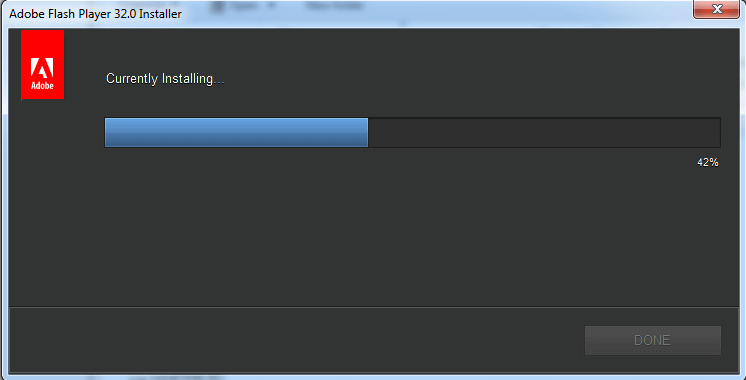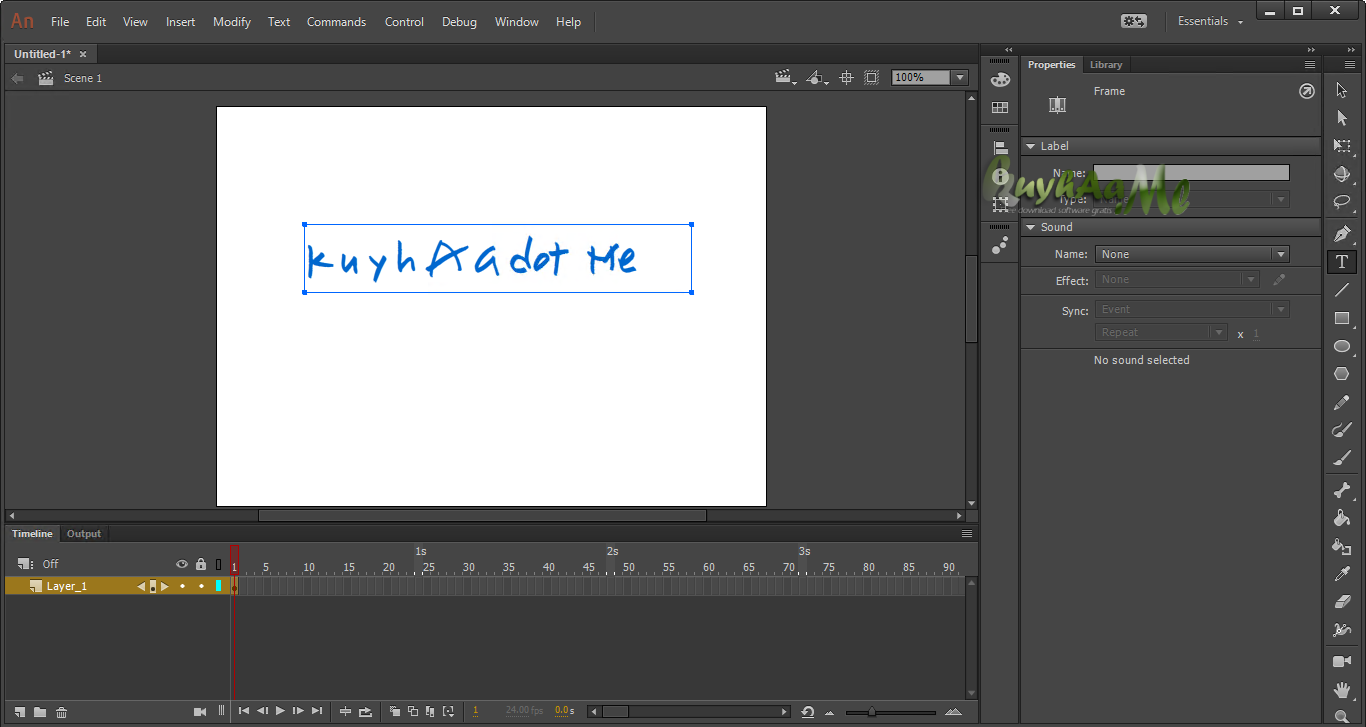

This feature is missing because of the aforementioned rant, but in the end Adobe will end up hooking in VA-API and/or VDPAU support - it's just a matter of when. Melanson hasn't commented whether the Crystal HD video decoding support will work on Linux with this release, but chances are slim considering the "big" Flash Player 10.1 feature is GPU-assisted video decoding and that isn't supported by either the 32-bit or 64-bit Flash Player Linux builds. But it likely will not work for Linux users at this time. Through the use of the Crystal HD chipset and this updated beta release, it should be possible to play 1080p Flash videos very easily on low-powered netbook computers. The Beta 3 release of the Adobe Flash Player adds support for the Intel GMA 500 "Poulsbo" (such as what's found with the recently reviewed CompuLab Fit-PC2) and also Broadcom's Crystal HD media decoding processor. Melanson's one-sentence blog post can be read here, but it just refers users to visit the Adobe Labs Flash page. However, the 64-bit Linux Flash Player still is not being updated at the same time as the 32-bit Linux version. As has been the case with Adobe for a while now, the Linux Flash version has been updated in tandem with the Windows and Mac OS X builds. Then, it revamped it with the era of Windows 11.Adobe's Mike Melanson has updated the Adobe Penguin.SWF blog for Linux users and it's not an update on his Linux video acceleration rant, but rather to announce that Flash Player 10.1 Beta 3 has been released. With introduction of Windows 10, Microsoft introduced its oficial app store. Second Method: Indirect (Through Microsoft App Store) After that, follow the guide provided by the installation wizard and accept Adobe Flash Player End User License.



 0 kommentar(er)
0 kommentar(er)
